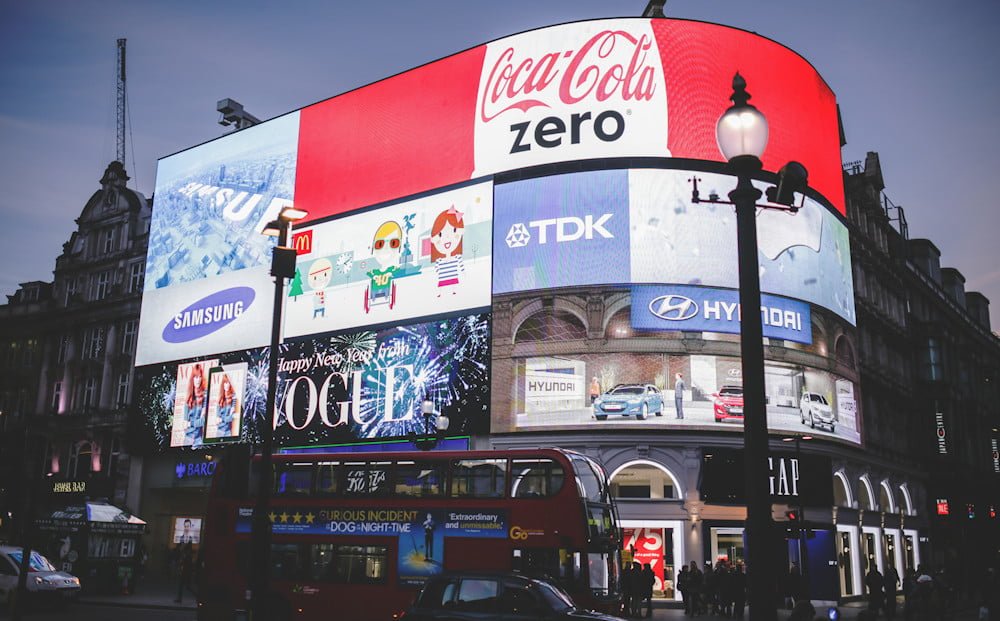3 minute read.

It’s a statement we hear from business owners frequently and it’s simply not true. B2B advertising does work – but only when businesses know what they want to achieve before planning and running their advertising campaigns.
Understanding why adverts aren’t working and where budgets are being misspent isn’t hard when you understand a few golden rules. That why any business that’s given up advertising should think again.
Here are some more common refrains from business owners, and why they should be questioned.
“We spent a huge amount on advertising and didn’t get a single lead”
It may be true that a B2B advertising campaign had zero effect, but unless a business has a tracking mechanism in place for the campaign, it will be unable to know for certain. Too few businesses disregard or ignore tracking and dismiss their advertising efforts without justification.
For print adverts, a tracking mechanism may consist of a code for customers to quote when contacting a business, call tracking using specific telephone numbers or a unique URL to track website referrals. Video, display, search and other digital ads can be tracked in multiple ways, giving businesses a rich understanding of campaign effectiveness.
“We advertised in our local newspaper”
The most unsuccessful advertising campaigns are run in publications or newspapers which are not targeted at a business’ market. Often this is due to that ‘last-minute deal’ a local magazine ad sales executive called about and persuaded you was too good to miss! Read: any advertising space sold at a knock-down cost at the last minute is about making sales targets, not helping you to reach your audience.
So, what’s my advice? Ignore the price: If you didn’t know you needed the advert before the sales person called, then you probably don’t need it after you’ve spoken to them either. B2B brands should focus on regional general business publications or national industry-focused titles for better results.
Print adverts do more than garner sales: they also help to boost brand awareness, engagement and loyalty. And while many claim that print is dead and digital is king, the truth is not quite so definitive—print still matters. A B2B-focused survey from the Association of Business Information and Media Companies recently showed that 96% of respondents read B2B magazines in print, while 45% say they read them at least on a weekly basis. All of which is great news, so long as adverts are well-crafted.
“Our message was about our product/service”
Let’s be blunt here, nobody cares. Readers don’t want to know about a product or a service; they want to know how they can resolve an issue or problem they have, and whether your product or service can help them to do so.
IBM’s “Smarter Planet” campaign is a good example. The print-digital campaign didn’t go into great detail about the company’s products, but instead recounted stories of how each had helped business owners across the globe. This approach doesn’t only work for large multinationals. An accountant may, for example, advertise how using their services saves their clients’ time, and possibly reduces their tax burden as the accountant knows the right tax loopholes. It’s sales 101: sell the benefits, not the service.
“It was quite wordy – we have a lot to shout about”
An advertisement must be brief, particularly in the B2B space. Make any blurb on adverts short and punchy. Less is definitely more. If there is some small print, fine: make it small or ask people to look at it online instead of including it on the advert.
While there’s a time and a place for long copy ads – including for unusual products or those requiring great financial commitment – short copy works best for time-poor B2B buyers wanting to cut to the chase.
“We included a picture of our product and a photo of a suited person, smiling”
Businesses shouldn’t sell products; they should sell dreams. If you sell lawn mowers, show a picture of a house with a beautiful striped grass garden and not just the machine itself. If you sell a service rather than a product, illustrating benefits can be harder but is still possible. If your advert is conceptual for this reason, ensure it’s not so off the wall that no-one gets it. Try to tie in imagery with the main headline.
There’s no harm in using a product photo as an inset, but the remaining space should be used to show how it will make life easier, better or more enjoyable. This applies in both the B2B and B2C markets. In both the B2B and B2C space, the fundamentals should be the same: we advertise to raise awareness of our product or service, push the benefits, and hopefully drive sales.
So, B2B advertising can and does work, it simply needs to be approached in the right way. Plan your activity, set goals, run the adverts as part of an integrated campaign, check if it was a success and make the necessary changes to improve performance for the next run. If you do that, I’m sure you’ll decide it was a worthwhile exercise for your business.
Useful?
Why not get in touch with us now and discuss what we can to do for you…
